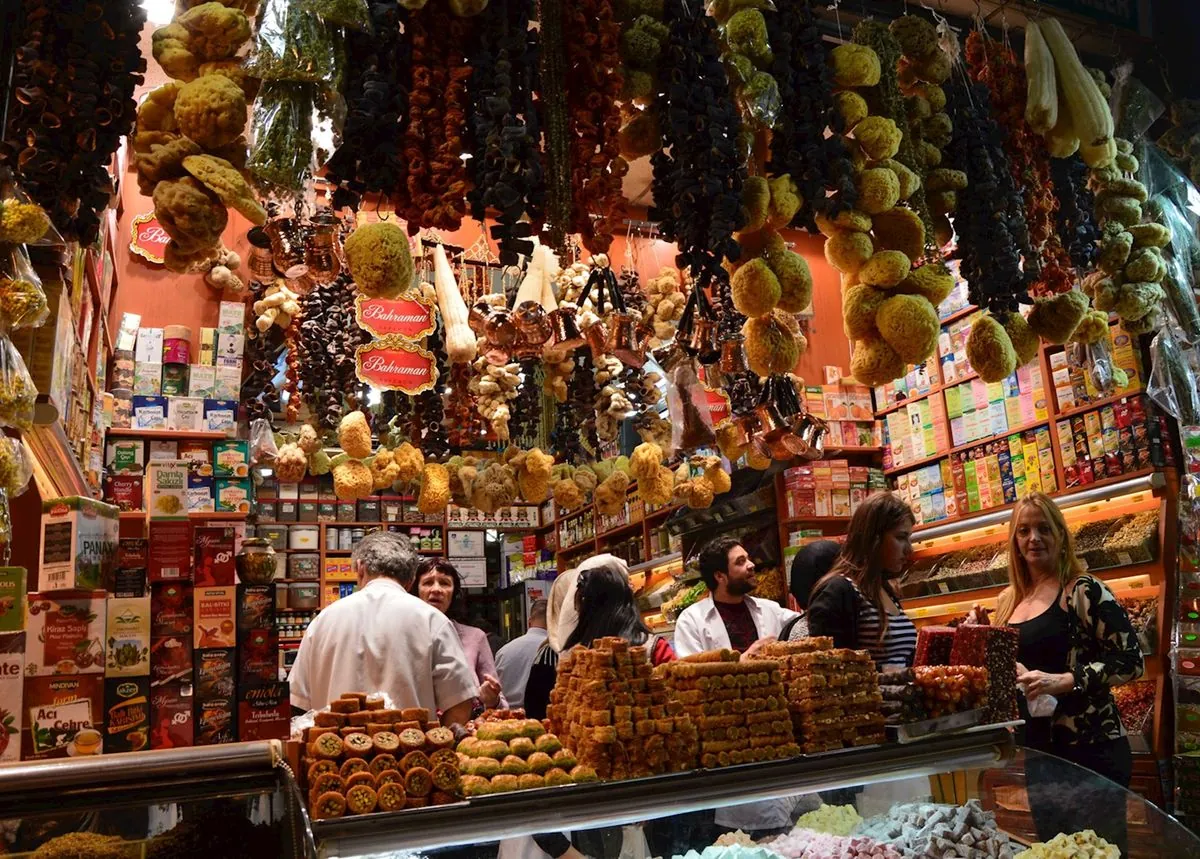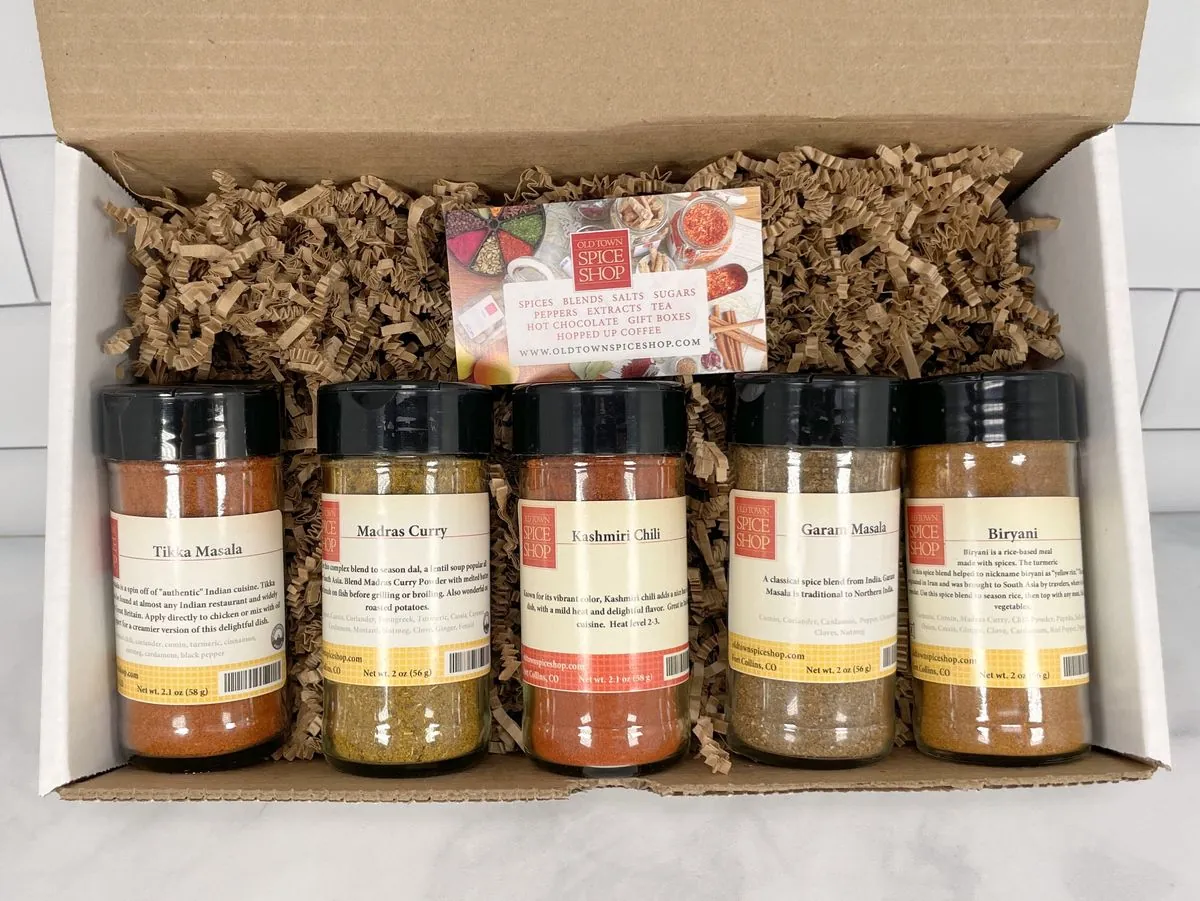Indian Spice Quality Under Scrutiny: 12% Fail Safety Tests
Recent tests reveal 12% of Indian spice samples failed quality standards. International concerns prompt increased scrutiny, impacting the world's largest spice market valued at $10.44 billion.

Recent quality tests conducted by Indian authorities have revealed that nearly 12% of spice samples failed to meet safety and quality standards. This development comes in the wake of international concerns about potential contamination in popular Indian spice brands.
Between May and early July 2024, the Food Safety and Standards Authority of India (FSSAI) examined 4,054 spice samples, with 474 failing to meet the required parameters. These tests were initiated following actions taken by several countries regarding contamination risks in two well-known Indian spice brands, MDH and Everest.
In April 2024, Hong Kong suspended sales of certain spice blends from these brands due to high pesticide levels. Subsequently, Britain implemented stricter controls on all spice imports from India, while New Zealand, the United States, and Australia announced investigations into potential issues related to these brands.
MDH and Everest, both prominent names in the Indian spice industry, have maintained that their products are safe for consumption. These brands are widely popular not only in India but also across Europe, Asia, and North America.
India's position as the world's largest producer, consumer, and exporter of spices underscores the significance of this issue. The country's domestic spice market was valued at $10.44 billion in 2022, with exports reaching a record $4.46 billion in the fiscal year ending March 2024.

The FSSAI has stated that necessary actions are being taken against companies involved in non-conforming samples, as stipulated by Indian law. However, specific details about the brands tested or the nature of the failures were not disclosed.
"Action on non-conforming samples has been taken as stipulated."
This situation highlights the growing importance of quality control in the spice industry. India produces over 75 varieties of spices out of the 109 listed by the International Organization for Standardization (ISO), showcasing the country's diverse spice portfolio. The spice trade has been a crucial part of India's economy for over 7,000 years, with the industry currently employing over 3 million people directly or indirectly.
The use of pesticides in spice cultivation has become a growing concern in recent years. In response, the Indian government has implemented various initiatives to promote organic spice cultivation to meet international standards. The Spices Board of India, established in 1987, plays a crucial role in promoting and regulating the spice industry, including the establishment of eight spice parks across the country to enhance processing and export capabilities.
As the global demand for Indian spices continues to grow, with exports showing a 15% increase in value from 2019 to 2023, maintaining quality standards becomes increasingly critical. The spice industry's future growth, projected at a CAGR of 4.5% from 2023 to 2028, will likely depend on addressing these quality concerns and ensuring compliance with international safety standards.


































